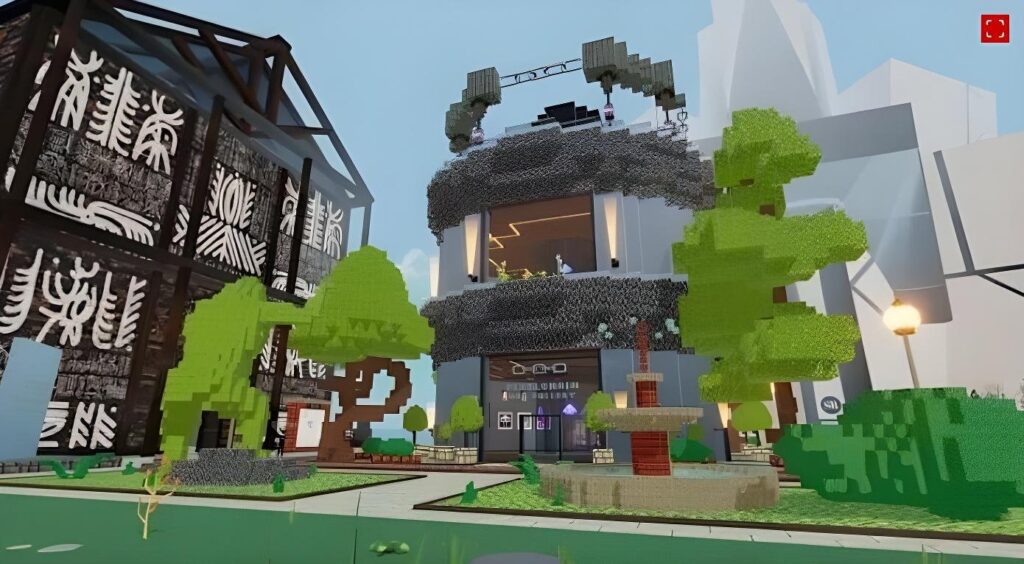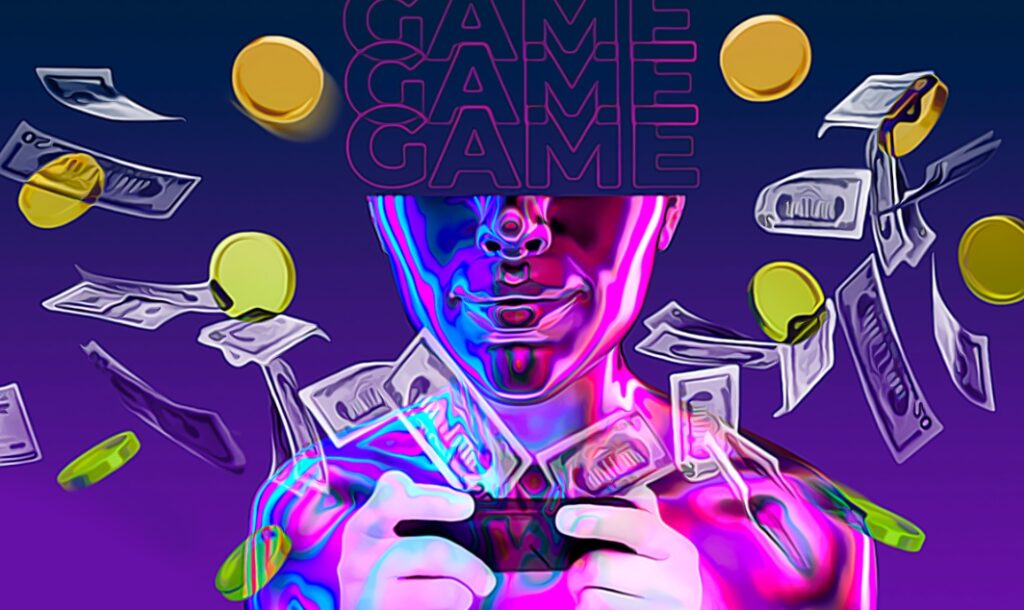Takeaway
The integration of Non-Fungible Tokens (NFTs) in game development is revolutionizing player ownership in virtual worlds, enabling unprecedented levels of asset control, economic participation, and community engagement. By leveraging blockchain technology, developers can create immersive experiences that empower players, foster creativity, and establish sustainable economies.
As the gaming industry continues to evolve, the advent of Non-Fungible Tokens (NFTs) has emerged as a transformative force, reshaping the landscape of player ownership and engagement in virtual worlds. NFTs, unique digital assets verified through blockchain technology, allow players to own, trade, and monetize in-game items, characters, and experiences in ways that were previously unimaginable. This article delves into the intricacies of NFT game development, exploring its implications for player ownership, economic models, and community dynamics.
The Rise of NFTs in Gaming
The gaming industry has witnessed a meteoric rise in the adoption of NFTs, with the market for NFT gaming assets reaching an estimated $4.9 billion in 2021, according to a report by NonFungible.com. This figure is projected to grow exponentially, driven by the increasing demand for digital ownership and the desire for players to have a stake in the virtual economies they inhabit. The success of games like Axie Infinity, which generated over $1 billion in revenue in 2021, exemplifies the potential of NFT-based gaming to create lucrative opportunities for both developers and players.
Understanding Player Ownership
At the core of NFT game development is the concept of player ownership. Traditional gaming models often restrict players’ rights to in-game assets, confining them to the confines of the game environment. In contrast, NFTs empower players by granting them true ownership of their digital assets. Each NFT is unique and cannot be replicated, ensuring that players possess verifiable proof of ownership. This paradigm shift not only enhances the gaming experience but also fosters a sense of investment and emotional attachment to the virtual world.
Real-World Examples of Player Ownership
Several pioneering games have successfully integrated NFTs to elevate player ownership. One notable example is Decentraland, a virtual reality platform where users can buy, sell, and develop parcels of land as NFTs. Players can create unique experiences, host events, and monetize their virtual real estate, effectively turning their digital assets into income-generating properties. As of October 2023, Decentraland reported over 1 million monthly active users, highlighting the growing interest in player-owned virtual worlds.

Another prominent example is The Sandbox, a decentralized gaming platform that allows players to create, own, and monetize their gaming experiences. The Sandbox has attracted partnerships with major brands, including Atari and Snoop Dogg, further validating the potential of NFT-based gaming. In 2022, The Sandbox raised $93 million in funding to expand its ecosystem, underscoring the increasing investment in player-owned virtual worlds.
Economic Models in NFT Gaming
The economic models underpinning NFT games are diverse and multifaceted. One prevalent model is the play-to-earn (P2E) framework, which incentivizes players to engage with the game by rewarding them with NFTs or cryptocurrency for their time and effort. This model has gained traction in developing countries, where players can earn a sustainable income through gaming. For instance, players in the Philippines have reported earning upwards of $1,000 per month by participating in Axie Infinity, showcasing the potential for economic empowerment through NFT gaming.

Moreover, NFT games often incorporate secondary markets where players can trade their assets. This creates a dynamic economy where the value of in-game items fluctuates based on supply and demand. According to a report by DappRadar, the NFT gaming sector accounted for over 50% of all NFT transactions in 2021, indicating a robust market for digital assets. The ability to trade NFTs not only enhances player engagement but also fosters a sense of community as players collaborate and compete in the virtual economy.
Challenges and Considerations
Despite the promising potential of NFT game development, several challenges must be addressed to ensure its long-term viability. One significant concern is the environmental impact of blockchain technology, particularly proof-of-work systems that require substantial energy consumption. Developers are increasingly exploring alternative solutions, such as proof-of-stake and layer-2 scaling solutions, to mitigate these concerns while maintaining the integrity of the blockchain.
Additionally, the regulatory landscape surrounding NFTs and cryptocurrencies remains uncertain. Governments worldwide are grappling with how to classify and regulate digital assets, which could impact the development and adoption of NFT games. Developers must stay informed about regulatory changes and adapt their strategies accordingly to navigate this evolving landscape.
Future Trends in NFT Game Development
The future of NFT game development is poised for innovation and growth. As technology advances, we can expect to see enhanced interoperability between different games and platforms, allowing players to transfer their assets seamlessly across virtual worlds. This could lead to the emergence of a metaverse where players can engage with multiple games and experiences while retaining ownership of their digital assets.
Furthermore, the integration of artificial intelligence (AI) and machine learning (ML) in NFT games could create more personalized and immersive experiences. By analyzing player behavior and preferences, developers can tailor gameplay mechanics and narratives to enhance player engagement and satisfaction. This level of customization could further solidify the bond between players and their virtual assets, driving demand for NFT-based gaming experiences.
Conclusion
In conclusion, NFT game development represents a paradigm shift in player ownership and engagement within virtual worlds. By leveraging blockchain technology, developers can create immersive experiences that empower players, foster creativity, and establish sustainable economies. The success of games like Axie Infinity, Decentraland, and The Sandbox illustrates the potential of NFTs to revolutionize the gaming industry, providing players with true ownership of their digital assets and opportunities for economic participation. As the landscape continues to evolve, addressing challenges such as environmental impact and regulatory uncertainty will be crucial for the long-term success of NFT gaming. The future holds exciting possibilities for developers and players alike, as we move towards a more decentralized and player-centric gaming ecosystem.

